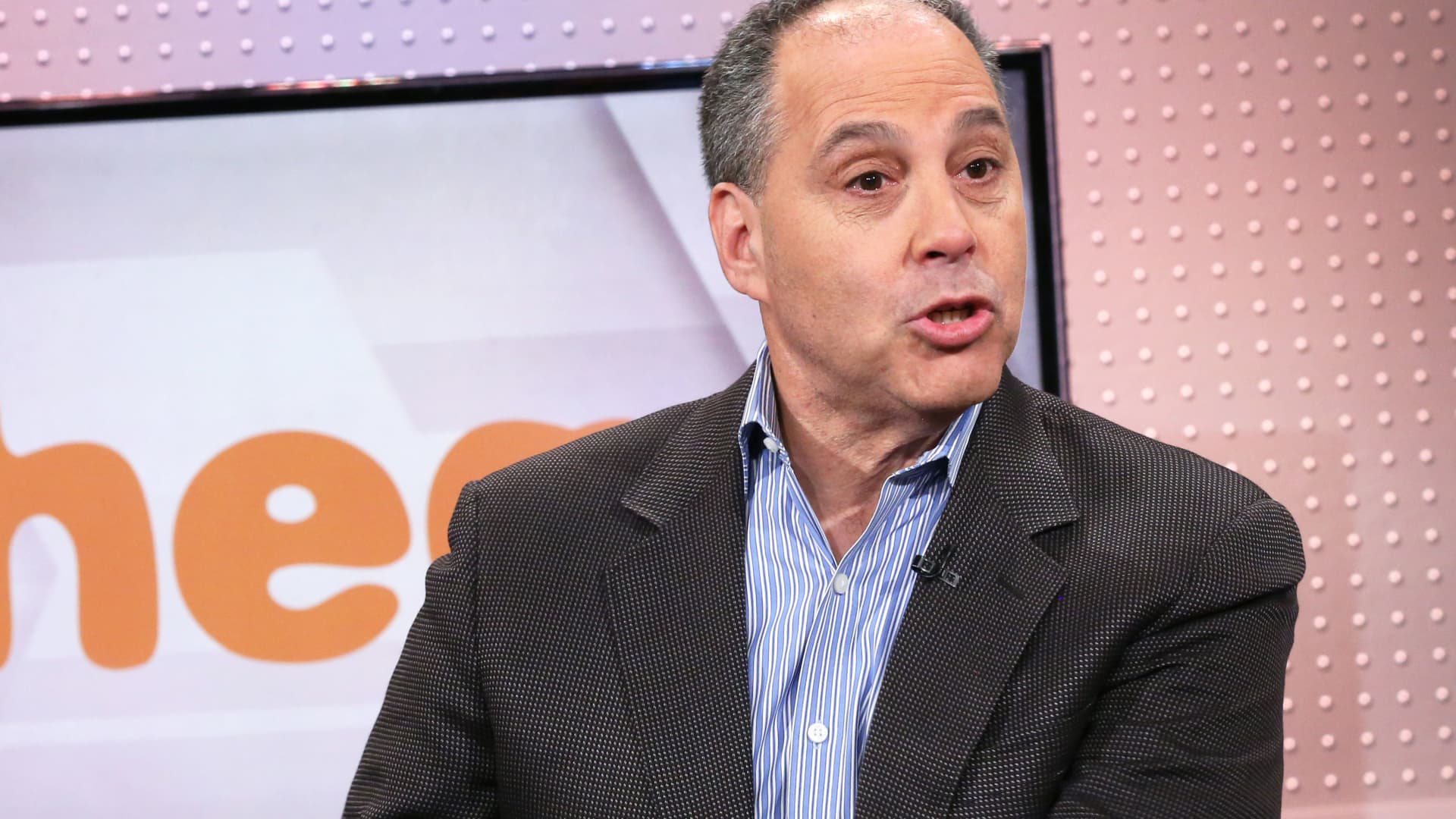
A Waymo autonomous self-driving Jaguar taxi drives along a street on March 14, 2024 in Los Angeles, California.
Mario Tama | Getty Images
Waymo is now providing more than 100,000 paid robotaxi rides per week in the US, according to a LinkedIn announcement by its co-CEO Tekedra Mawakana. That’s double the 50,000 weekly paid trips the company reported in May.
A spokesperson for the Alphabet-owned driverless vehicle venture told CNBC on Tuesday that San Francisco now “serves the most trips” among the cities where Waymo operates its commercial service: San Francisco, Phoenix, Austin and Los Angeles.
Last month, Alphabet announced that it was investing an additional $5 billion into Waymo, which started as a self-driving project at the company in 2009.
On Monday, Waymo revealed details about its new, “generation 6” self-driving system, which should enable the company to offer driverless services in a wider array of weather conditions and without requiring as many costly cameras and sensors in its vehicles.
Waymo, which boasts around 700 vehicles in its fleet today, operates the only commercial robotaxi service in the U.S., Waymo One.
Waymo previously partnered with the ridehailing giant Uber in Phoenix to bring its service to the app’s existing users there. In a statement on Tuesday, Waymo noted that in June 2024, it added 90 square miles to its service in Phoenix as well, making it the largest autonomous ride-hailing “territory” in the states.
This month, Waymo also expanded its San Francisco robotaxi service into three new California areas — Daly City, Broadmoor and Colma — and is now testing its driverless vehicles on freeways around the San Francisco metro area.
While CNBC could not independently confirm the company’s safety claims, Waymo also says that “over 14.8 million rider-only miles driven, the Waymo Driver was 3.5x better in avoiding crashes that caused injuries and 3x better in avoiding police-reported crashes than human drivers.”
Although commercial robotaxi services from Didi and Pony.ai are up and running in China, Waymo currently faces limited domestic competition. GM-owned Cruise experienced setbacks that took its driverless vehicles off the road temporarily, and companies including Uber and Ford have shuttered their efforts to develop robotaxis.
Elon Musk’s electric vehicle maker, Tesla, has been promising it would turn customers’ existing vehicles into driverless cars with a software update for years. However, the company has not yet produced a car capable of serving as a robotaxi. Tesla plans to unveil its CyberCab, or dedicated robotaxi, at a hotly-anticipated event on October 10.







